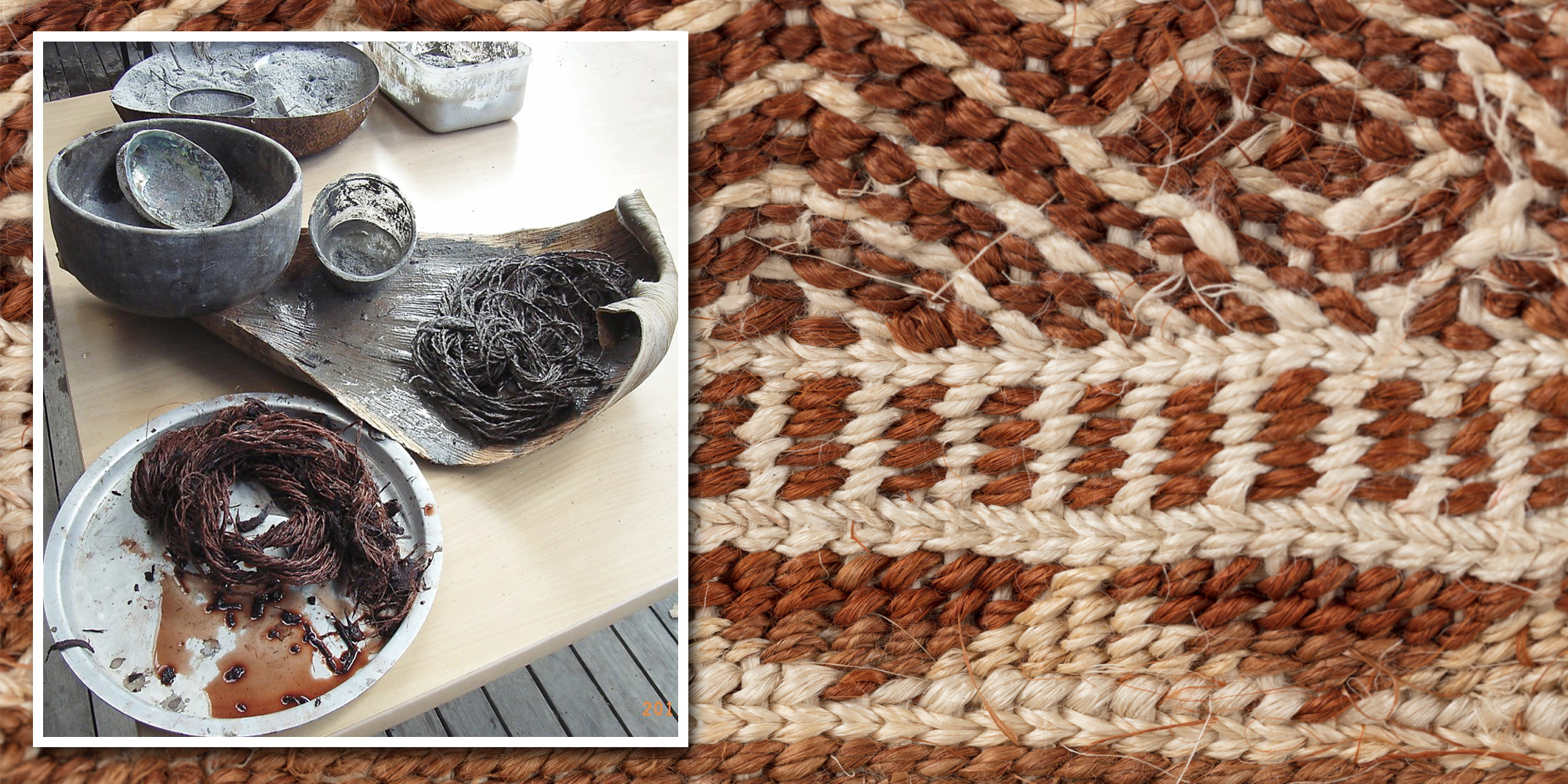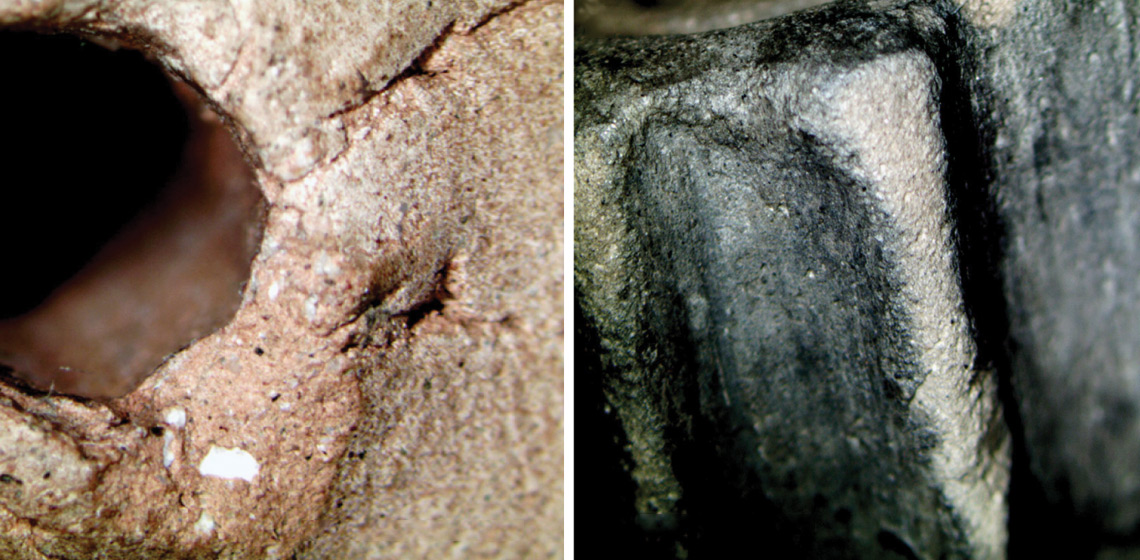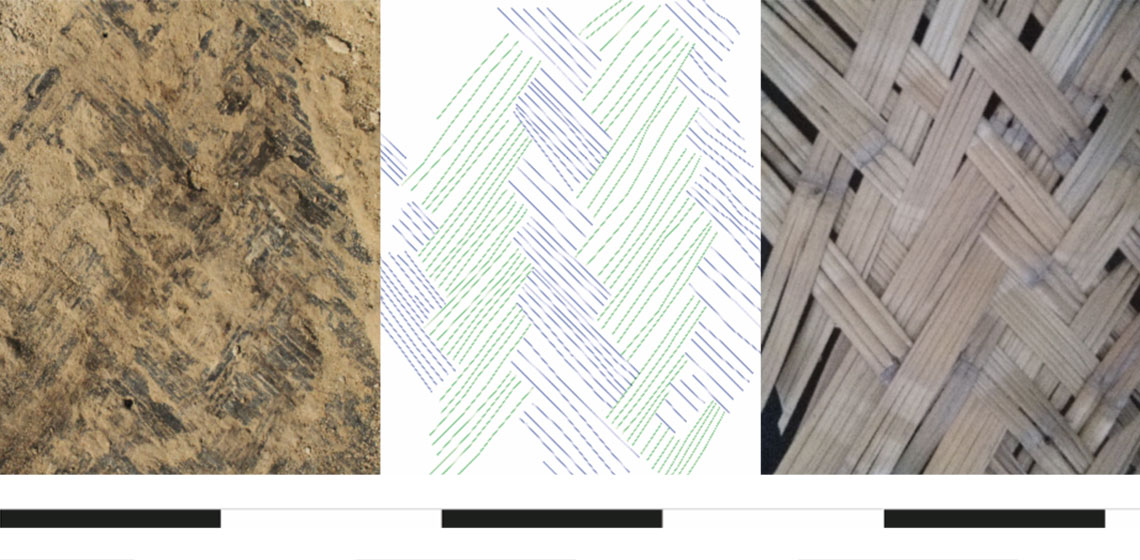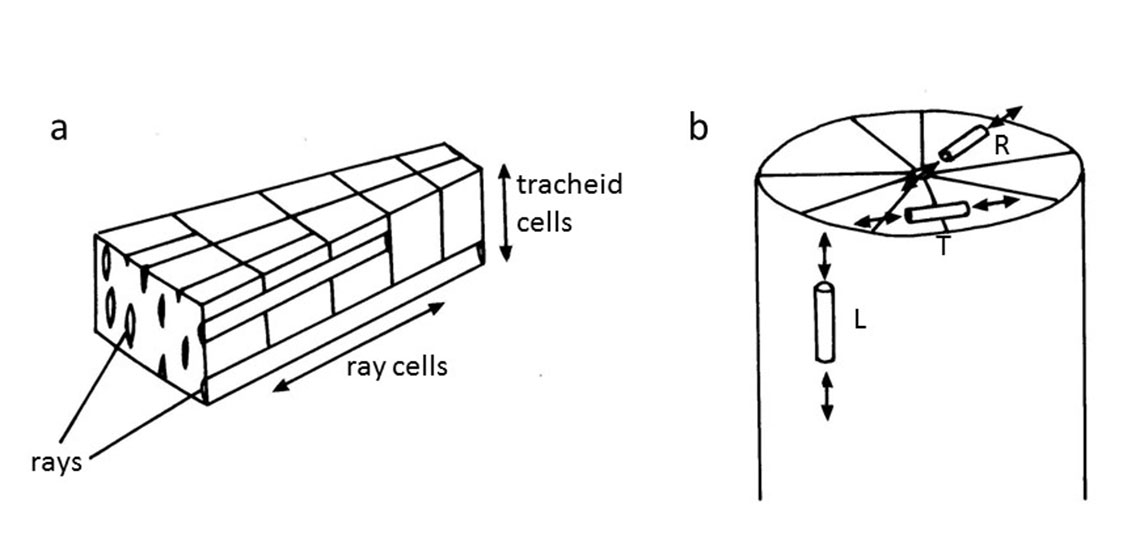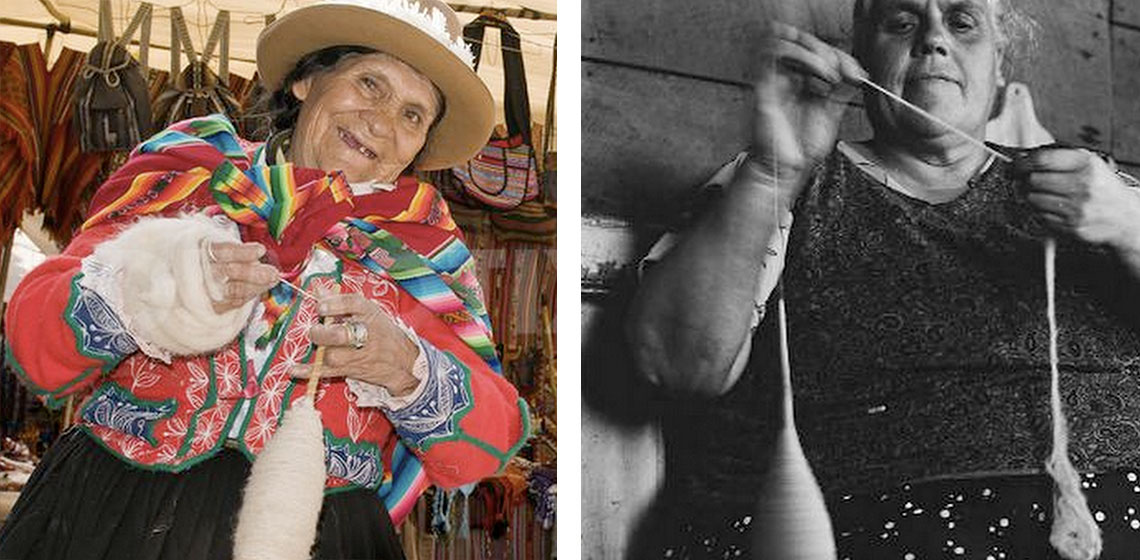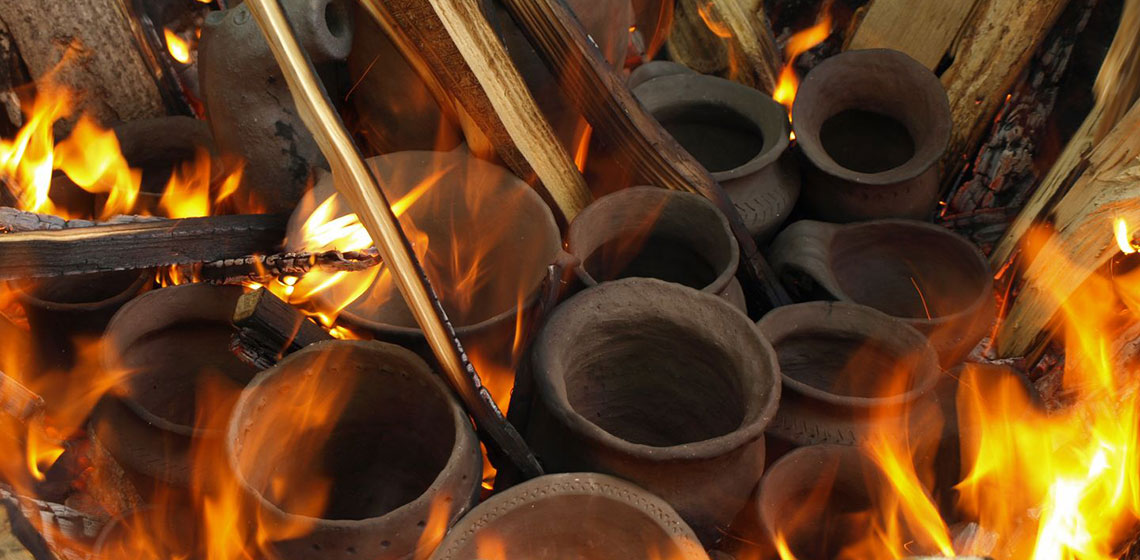fibre
Replication of a Maori Ethnographic Textile Hem Border Pattern
***Replication of archaeological and ethnographic Māori textiles, under the direction of customary knowledge and previous practical experience, can provide a more nuanced understanding of the manufacture of taonga (treasures) made from fibre materials. A case study is presented here from the unique perspective of a weaver who...
The Contribution of Experimental Archaeology in Addressing the Analysis of Residues on Spindle-Whorls
Introduction
Spindle-whorls are tools used for transforming the mass of fibres into yarn. These tools can be made of a large variety of materials as ceramic, bone, wood, or glass. They can vary largely in shapes (conical, biconical, lenticular, etc…), size, and weight according to archaeological contexts and chronological period of human history.
Vegetable Plaiting Materials from the Site of Abu Tbeirah (Southern Iraq, Third Millennium BC): Experimental Approach
The Mechanics of Splitting Wood and the Design of Neolithic Woodworking Tools
Fibre
A fine thread which can be made into textiles.
Variables and Assumptions in Modern Interpretation of Ancient Spinning Technique and Technology Through Archaeological Experimentation
Results of a Discussion on the State of Experimental Archaeology in Switzerland
How do you make linen out of flax (NL)?
Flax is an annual plant which grows to 60 - 100 cms. The length of the plant is important because it equals the length of the fibres. The plant blossoms with white or light blue flowers. After the blossoming, small seed boxes remain...
How did the people of the lake fortress dress (LV)?
Excavated material permits reconstruction of the dress of the people living on the island. Women wore long linen shirts with half-length or full length sleeves. Simple wraparound skirts were made from a rectangular piece of woollen fabric...

